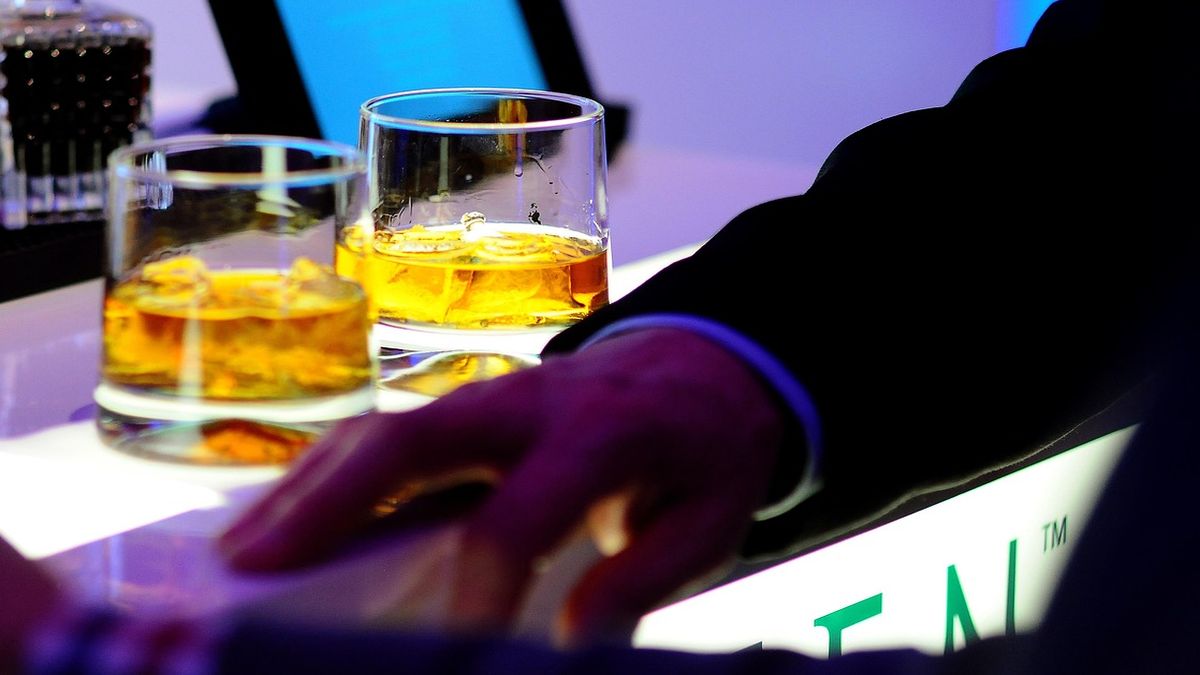While the India-UK Free Trade Agreement intends to halve tariffs on UK-made whisky and gin, the drop will not lead to major price revisions, at least in the short term, experts said. After the signing of the deal, the tariff would eventually drop to 40 per cent in over ten years.
Industry executives say price revision may not be significant initially. It is pertinent to note that the agreement still awaits ratification by the parliament of the United Kingdom before the changes to the deal come into effect. Even when they come down, the reduction in prices will be in the range of only 8 to 10 per cent as the share of customs duty to the cumulative retail price of scotch is only around 15-20 per cent, industry officials told The Times of India.
The reduction in the duty on Scotch had been a major ask for the British government while both nations were negotiating the Comprehensive Economic and Trade Agreement. Meanwhile, the UK parliament is likely to ratify the deal only by the middle of next year.
There will still be hurdles once the agreement is ratified by the parliament. Once the deal is approved, the customs duty will come down to 75 per cent, and thereafter reduced to 40 per cent over the next decade.
Industry experts remain optimistic
Top international spirit makers such as Diageo welcomed the move, and even Indian makers who source Scottish spirits for blending in their local brands.
“We laud the Indian and British governments for formalising this historic treaty, which will boost bilateral trade and positively impact the accessibility of premium Scotch whisky in India, reigniting growth and increased choice for Indian consumers,” Praveen Someshwar, MD & CEO of Diageo India, told TOI.
However, industry officials say that despite the halving of the import duty, the actual reduction of consumer prices will not be more than 10 per cent. “The share of customs duty to the overall structure of MRP is hardly 15-20 per cent, depending on the category. The rest comprises state government taxes and distribution margins. So actual consumer prices will come down by only 8-10 per cent,” an official said.
Impact Shorts
More ShortsWith state taxes, production, distribution and marketing costs remaining unchanged, tariff reduction will translate into less than 10 per cent of their cost savings, which may not be passed entirely.
)